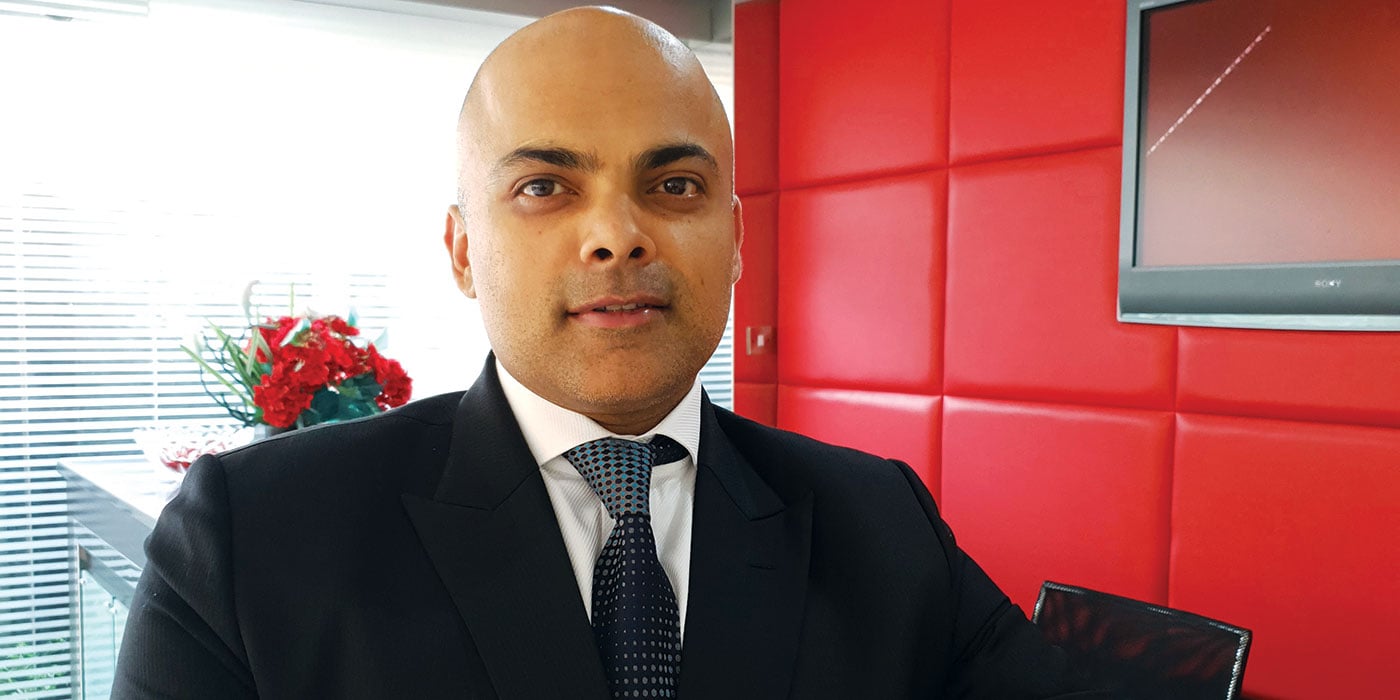
What are the biggest challenges facing the UAE OOH industry at the moment?
There are multiple challenges that are being faced by the UAE OOH industry, and for everyone the challenges differ as it depends on their portfolios. Firstly, there is no OOH body to discuss issues among the UAE vendors, so there are generally a lot of love-hate relationships amongst the players. This has not been resolved as everyone is out to compete with each other. It is very different from other markets where everyone (the RTA, municipalities, agencies, clients and vendors) sits and finds solutions for the betterment of the industry. Spiraling high rents by landlords are continuing irrespective of softer demand, especially with the existing over-supply of locations, and all this whilst budgets for the full advertising industry, not only OOH, continue to tighten. There is a wrong perception that outdoor is competing with digital, and clients and agencies are focusing on programmatic planning via social media and online, and using OOH as a secondary medium to complement online. The advertisers are seeking more campaign-specific and moment-to-moment ROI, which OOH doesn’t provide currently as it’s an awareness medium. Hence, the lack of proper measurement tools has limited its growth until now. However, having said that, clients who lose out on their brand recall and awareness by transferring budgets to digital are later coming back to OOH one-by-one as sales revenues drop due to a lack of market presence on mass mediums.
What effect will technology have on the OOH market?
Technology will bring a world of difference to mass mediums like OOH across all its aspects, from hardware to software to data. It will enable targeted messaging and allow interactive campaigns. Faster decisions will be possible by clients with greater transparency of information. Another fact that will positively hit the industry is democratising of information. New advertisers will be able to buy OOH instantly, and entrance barriers to a wave of new customers will be removed. Advertisers and agencies will also be provided with data and insights, which will make their OOH campaigns far more effective as technology takes effect and purchasing decisions will get better with more accurate data.
What are advertisers asking for?
Everyone and anyone is asking for the same thing: results, results, results. Since, Dubai and the UAE are continuously growing, now it’s not enough to be only on Sheikh Zayed Road or any specific road in any emirate. Any successful brand’s OOH campaigns need to spread out their locations to get reach and frequency. We have seen many clients seeking to consolidate their budgets, limiting their campaigns to a few national vendors to get maximum value from their budgets. This has been creating mutual win-win situations for both parties. Our clients and agencies are also amazed with the data and insights we can present, which we have been working on to support and grow their budgets allocated to outdoor. This will be a growth trend. As budgets tighten further, cost-effective formats are being requested more and more, and the focus is now shifting to geotargeting on OOH formats.
How do you expect to see the industry evolve over the next year?
It’s cautious optimism for next year. We are seeing that procurement and audit departments of clients are now heavily involved, which is both good and bad. Audit and transparency will be the buzz words for 2020 and we forecast high occupancy at lower yields with new locations coming up, as the cities evolve. More options will be brought out by some vendors to ensure they get bigger chunks of client campaigns. People will positively embrace technology in media by the end of 2020 and we will see an introduction of artificial intelligence soon, with lots of concepts of real-time trading on digital formats, which will gain traction. And there will be a continuing conversion of static into digital sites.









